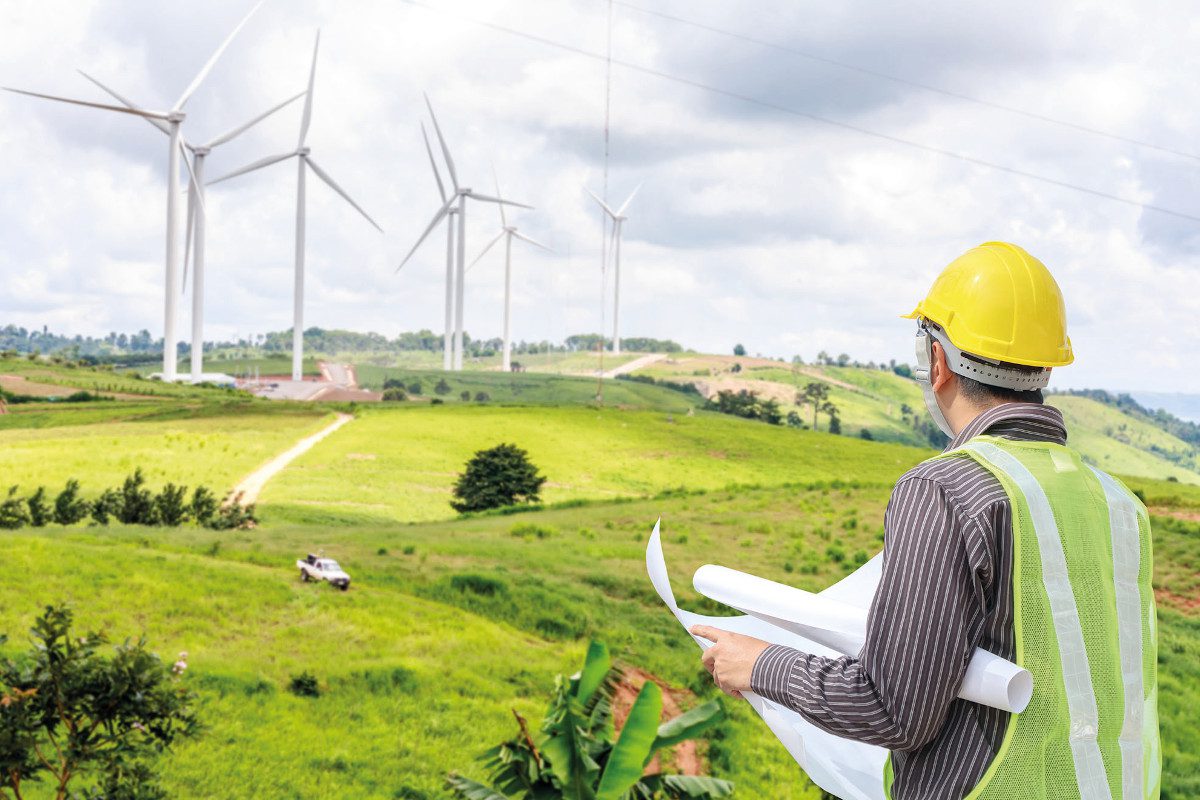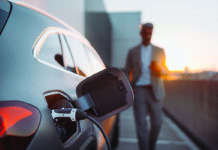
Businesses who fail to act on decarbonisation risk exposing themselves to potential risks from policy-driven increased operating costs, increased energy costs or increased compliance costs. In addition, decarbonisation is not just an objective imposed by policies such as the Paris Agreement: with the right approach, it also creates tangible business opportunities that go beyond long-term financial savings. These include increased brand reputation, customer preference over competitors and attractiveness to investors. Industry leaders have paved the way, with Google having been carbon-neutral since 2007 and Microsoft since 2012. Now it’s time for other businesses to follow suit, says the group.
Technical advancements such as digital solutions and decentralised energy systems have made decarbonisation more feasible. To help businesses create their individual decarbonisation strategies, Siemens has published a new whitepaper suggesting a range of specific steps towards carbon neutrality. These are grouped into three different areas: actions on the management side, actions on the energy demand side and actions on the energy supply side.
Actions on the management side
These steps will typically be overarching and strategic.
- Assign responsibility to an energy specialist internally, to ensure a realistic overall strategy is defined and successfully implemented.
- Align energy KPIs with business KPIs to make sure that energy indicators are being considered when measuring overall business success.
- Challenge the supply chain to decarbonise, as this will affect the carbon content of any purchased good.
Support customers to decarbonise, leading to overall less carbon related to business output.
Actions on the energy demand side
A key goal of these steps is to save energy, which will be translated into carbon savings and eventually OPEX savings.
- Replace and renovate outdated equipment. This is one of the most standard forms of increasing energy efficiency in a facility. The interventions can be anything from a basic upgrade to LED lighting to a more sophisticated upgrade to electric motors and their drives in a manufacturing facility, or improvements in the efficiency of a building’s HVAC system.
- Use smart load controls that utilise digital solutions to go beyond just monitoring a facility’s equipment. With the right control and automations, a business can have significant energy savings, while modern BEMS can go as far as simulating the facility and how it reacts to load changes.
- Electrify the transport fleet. This significantly reduces direct emissions, especially when combined with smart charging solutions.
- Review production processes. This refers to any energy savings that are a result of adjustments in parts of a production process, e.g. lowering the temperature of steam in a process without compromising overall process quality.
Actions on the energy supply side
These steps are designed to reduce indirect emissions from the generation of purchased energy.
- Generate “green” electricity on site, which involves power generation with low-carbon technologies like solar PV, wind power, bioenergy, etc.
- Shift to low-carbon heat. This can result in a drastic decrease in emissions. Decarbonising heat is one of the biggest challenges that the energy industry is facing currently. Efforts are focused on increasing the efficiency of the supply (e.g. with a CHP system), electrification of heat (low or high temperature heat pumps depending on application) or decarbonising the fuel source (e.g. moving from natural to “green” gas).
- Become a prosumer in the energy markets, i.e. generate excess electricity that can be sold to the energy markets. This is a typical way in which businesses can even achieve carbon “negativity” on the supply side, which is used to offset carbon from other parts of the business. It also helps to tap into new revenue streams from the commercialisation of the excess energy.
- Purchase zero-carbon electricity. This involves signing-up for green tariffs with suppliers or signing power purchasing agreement with a renewable energy generator leveraging the guarantees of origin for the energy consumed.
- Deploying energy storage on its own is not necessarily providing carbon savings but can enable carbon savings when used as an optimisation asset (e.g. optimising power flow of on-site generation).
- Optimising supply with demand and energy tariffs, while on-site generation on its own already provides significant carbon reduction, this can be further enhanced by optimising with other energy elements, from a basic storage and PV installation to the holistic solution provided by microgrids. This can also be combined with energy tariffs adaptation, which can further optimise costs and carbon savings.
“The success of any decarbonisation strategy will depend on a clear vision and strong commitment from the business,” explains Faye Bowser, Head of Siemens Energy Solutions. “Well-defined targets, clear commitments and a dedicated budget are key. Heightening the responsibility in a clear way up to the C-level for all aspects relating to decarbonisation, beyond just documenting the commitment, can have a significant impact in the overall success of the transition.”
Siemens says it is helping customers in all industries adapt and evolve the way they use energy. The group is also implementing its own decarbonisation strategy, with a commitment to be carbon-neutral by 2030 and reduce its CO2 footprint by 50% in 2020.
The full Siemens whitepaper is available here: https://new.siemens.com/global/en/company/topic-areas/smart-infrastructure/grid-edge-whitepaper.html







